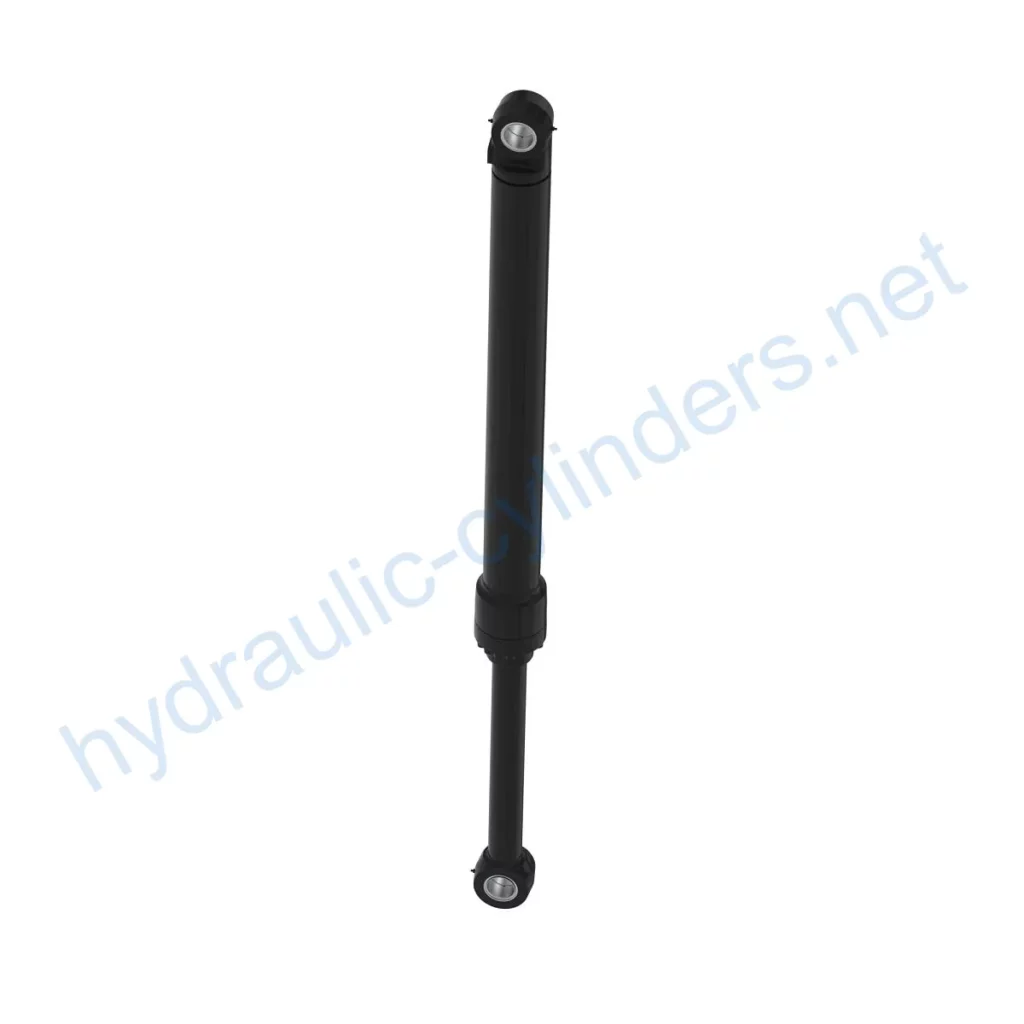Replacement Of AHC14817 Hydraulic Cylinder
The Replacement Of AHC14817 Hydraulic Cylinder is a vital component in various industrial applications. It plays a crucial role in providing the necessary force and motion for equipment operation. With a weight of 515.22 lb and dimensions of 8.5 in height and 82.5 in length, this hydraulic cylinder is designed to meet the demanding requirements of the 903M and 909M models.
Product Specifications and Models
Weight: 515.22 lb
Height: 8.5 in
Length: 82.5 in
Models: 903M, 909M
Key Features
- Improved Equipment Performance: Replacing damaged or worn hydraulic cylinders can restore the normal operational capability of equipment, ensuring optimal performance in various applications.
- Enhanced Safety: Regularly replacing hydraulic cylinders can reduce safety hazards caused by cylinder failures, ensuring the safety of operators and equipment.
- Overload Protection: Newly designed cylinders often incorporate better overload protection mechanisms, enhancing safety.
- Quick Installation: Modern hydraulic cylinders are designed with easy installation and replacement in mind, minimizing downtime.
- Standardized Components: Many hydraulic cylinders are standardized products, making it easier to obtain replacement parts in the market.
Applications
The Replacement Of AHC14817 Hydraulic Cylinder finds its application in various scenarios. Here are three examples:
Excavators
In excavators, hydraulic cylinders in the boom or bucket may get damaged due to prolonged use or overload, necessitating replacement to restore normal operation.
Cranes
The hydraulic cylinders in a crane’s lifting arm are prone to wear during frequent lifting and lowering processes. Regular replacement is necessary to ensure safety.
Tractors
The front-end loader hydraulic cylinders in tractors may develop leaks or performance degradation due to constant lifting and tilting operations, requiring replacement.
Maintenance Tasks
Proper maintenance is essential for the longevity and reliability of hydraulic cylinders. Here are three common maintenance tasks:
Regular Inspection
Periodic inspections help identify any signs of wear, leakage, or misalignment, allowing timely repairs or replacements.
Lubrication
Applying the appropriate amount of hydraulic oil for lubrication ensures smooth operation and prevents premature wear of the cylinder.
Seal Replacement and Calibration Checks
Replacing worn seals and performing calibration checks on the cylinder’s components help maintain optimal performance and prevent potential issues.
Safety Considerations and Environmental Factors
When working with hydraulic cylinders, following safety measures is of utmost importance. Proper handling and maintenance minimize the risk of accidents and ensure a safe working environment.
Troubleshooting and Common Problems
Here are some common issues related to hydraulic cylinders:
Leakage
Leakage can occur due to damaged seals or worn-out components. Regular inspection and seal replacement can help address this issue.
Insufficient Force
If the hydraulic cylinder fails to provide the required force, it could be due to internal damage or misalignment. Proper diagnosis and repair are necessary to resolve this problem.
Slow Operation
Slow operation can result from various factors, such as insufficient lubrication or internal leaks. Identifying the root cause and taking appropriate measures can restore proper functionality.
Preventive Measures and Troubleshooting Tips
To prevent potential problems and ensure optimal performance:
- Regularly inspect the hydraulic cylinder for signs of wear or damage.
- Follow proper installation, lubrication, and adjustment procedures.
- Provide proper alignment guidance during installation, using recommended installation brackets to secure the cylinder.
- Adhere to recommended inspection, repair, and replacement procedures.
- Offer replacement parts and rebuilding services to prolong the lifespan of the hydraulic cylinder.
Design Considerations and Selection Criteria
When designing and selecting hydraulic cylinders, several factors should be taken into account:
Load-Bearing Capacity
The hydraulic cylinder’s load-bearing capacity should match the intended application to ensure optimal performance and safety.
Sealing and Durability
Using various sealing components, such as piston seals and rod seals made of wear-resistant materials like polyurethane and nitrile rubber, helps ensure effective sealing and durability.
Safety and Maintenance
Proper design should focus on safety features and ease of maintenance, including precise surface treatments on cylinder bodies and threaded ends to enhance wear resistance and easy lubrication.
Sealing and Lubrication
For optimal performance and longevity:
- Utilize a variety of sealing components, such as piston seals and rod seals, made of wear-resistant materials.
- Treat cylinder bodies and threaded ends with fine finishes to improve wear resistance.
- Regularly lubricate with the appropriate amount of hydraulic oil to ensure smooth operation.
Regular Inspection and Preventive Maintenance
Regular inspections and preventive maintenance are essential for hydraulic cylinders. Consider the following:
- Proper installation, lubrication, and adjustment are crucial for optimal performance.
- Provide guidance on aligning the cylinder correctly during installation.
- Suggest using suitable mounting brackets to secure the cylinder.
- Recommend inspection, repair, and replacement procedures to prolong the lifespan of the hydraulic cylinder.
Product Installation Guide
Follow these steps for correct product installation:
- Prepare the installation area and ensure it is clean and free from debris.
- Carefully align the hydraulic cylinder with the equipment, following the manufacturer’s guidelines.
- Securely fasten the cylinder using the appropriate mounting brackets or fixtures.
- Verify the alignment and make any necessary adjustments.
- Test the cylinder’s operation to ensure proper functionality.
About Our Company
We are a leading manufacturer and wholesale distributor of replacement hydraulic cylinders. Our comprehensive product range positions us as one of the top manufacturers and distributors in domestic and international markets.
Key Highlights:
- Professionalism and Expertise
- International Certifications
- Customization Services
- State-of-the-Art Production Equipment
<

